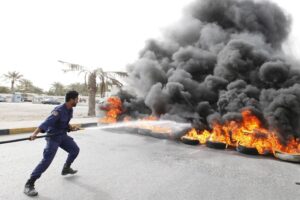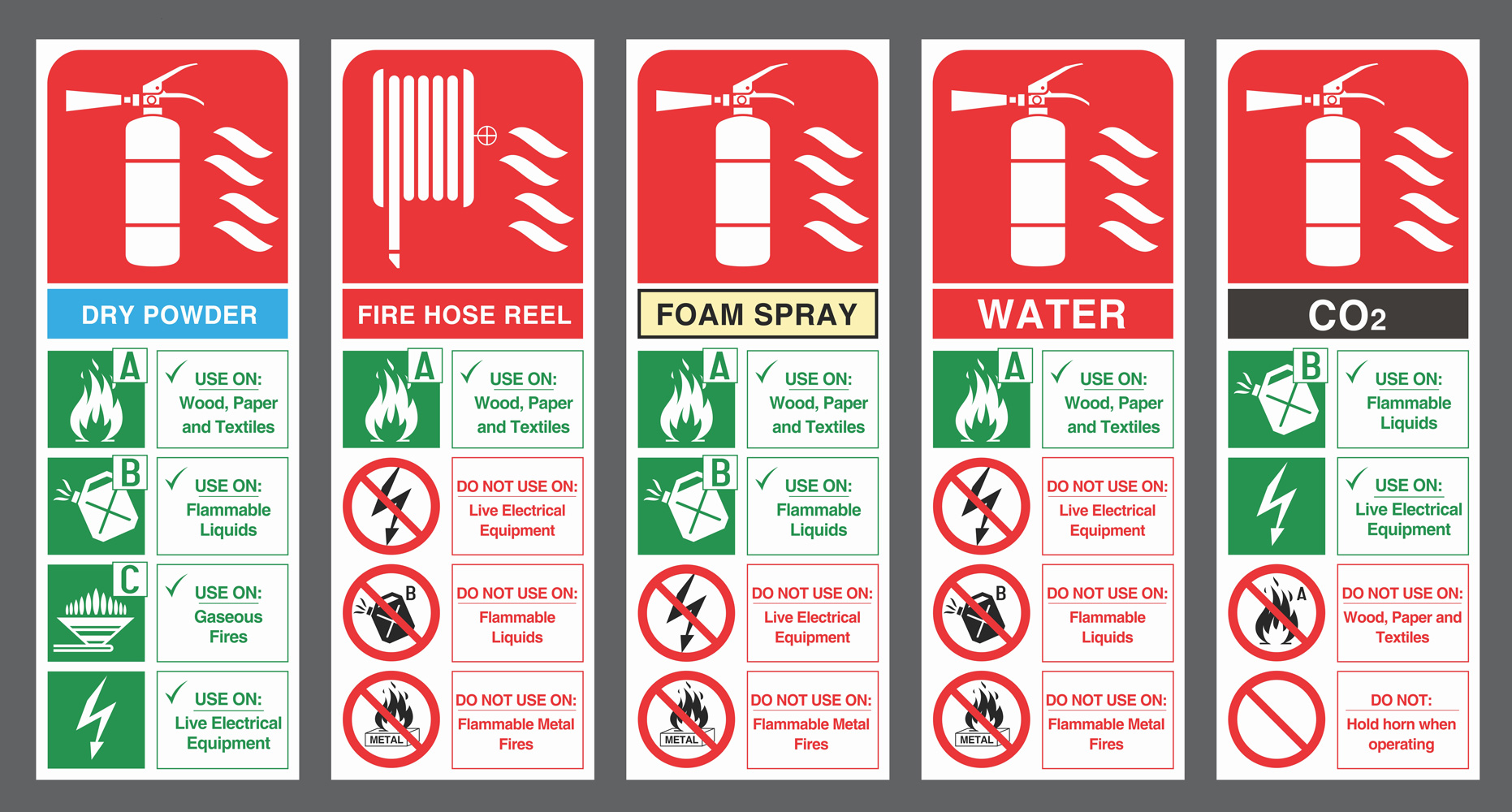In order to better understand fire safety, you should know the important points of fire extinguishers. Since fire extinguishers play such an important role in fire protection, it’s helpful to understand how they work and why they were invented. Fire extinguishers can quickly put out a fire before it spreads and destroys the entire building. That’s why in this blog we’re going to cover the top five firefighting facts, which will help you better understand the history of fire extinguishers and how to use them properly.
Tip 1:
The first primitive fire extinguisher was invented in the Middle Ages. It was called a “Squirt” and was used to spray a stream of water onto the base of the fire. The way the Squirt works is similar to a bicycle pump. They put the nozzle into the water, then you could pull the plunger to suck up about a liter of water. Once the Squirt is filled with water, you can push the plunger to eject the water and extinguish the fire.
Tip 2:
The first automatic fire extinguisher was registered in 1723 by a chemist in England named Ambrose Godfrey. The capsule had a fuse that connected a cask full of fire extinguishing agent and a pewter container of gunpowder. When the fuse was ignited, the gunpowder exploded, allowing the extinguishing solution to be released above the fire.
Tip 3:
Fire extinguishers are hand-held cylindrical devices made of steel. These capsules are usually red in color to increase the visibility of the device. Fire extinguishers are armed with one of seven pressurized agents to put out small fires at home or at work. The type of agent is determined by the class of fire and the type of environment in which it is used.
Tip 4:
There are three main categories of fire extinguishers – water, dry chemical and carbon dioxide. The most common type is water, which uses compressed air as a propellant to help remove the fire’s heat source. Dry chemical extinguishers have a tank filled with foam or dry powder along with compressed nitrogen that is used as a propellant. Then, carbon dioxide extinguishers contain a mixture of CO2 in both liquid and gas forms.
Tip 5:
Fire extinguishers play an important role for business owners. In about 80% of fire incidents, a fire extinguisher is all that is needed to extinguish the fire. Using a fire extinguisher can make the difference between minor and major fire damage. If you can stop a fire before it spreads, it may cause less damage and lower repair costs.
Important points about installing fire extinguishers:
- be placed in clear and visible positions.
- It was installed on the columns, near the exits, warehouse walls, empty spaces or other suitable places.
- Extinguishers can be installed in the fire hose box or adjacent to it.
- Extinguishers should be placed in such a way that their access distance is appropriate and does not exceed the limits allowed in the design standard.
- Avoid installing behind doors, inside locked cabinets (except for fire alarm boxes) and places that are difficult to access.
- If the fire extinguishers are placed in relatively hidden places, appropriate signs should be installed to access them.
- Extinguishers should not be exposed to temperatures outside the range provided on their label.
- The instructions for working with fire extinguishers must be placed on the extinguisher and be clearly visible.
- Portable fire extinguishers must be installed using secure means such as hooks or hangers designed for fire extinguishers.
- If the extinguishers are in a situation where there is a possibility of falling and leaving their location, they should be fixed by appropriate hooks or straps.


